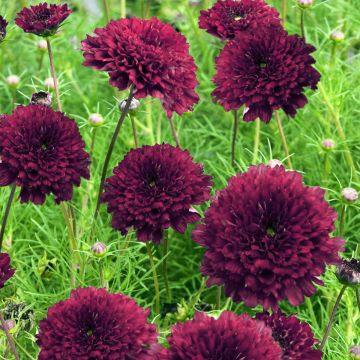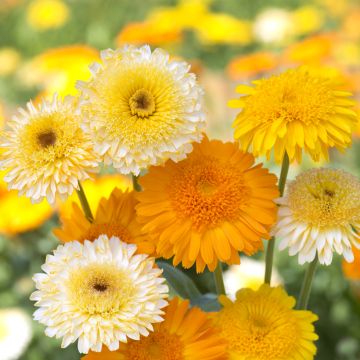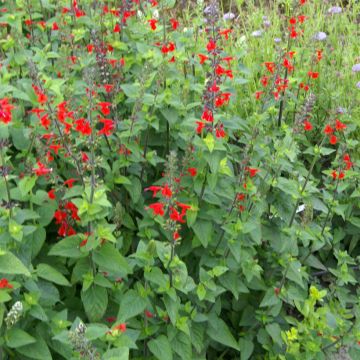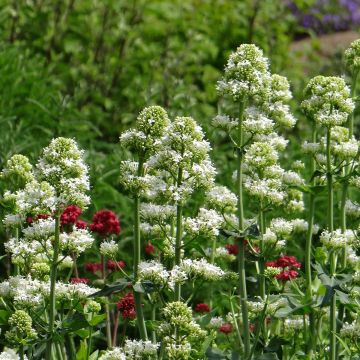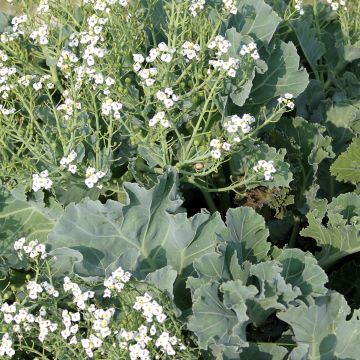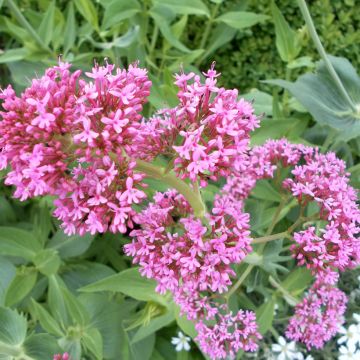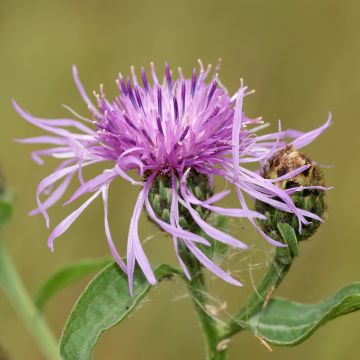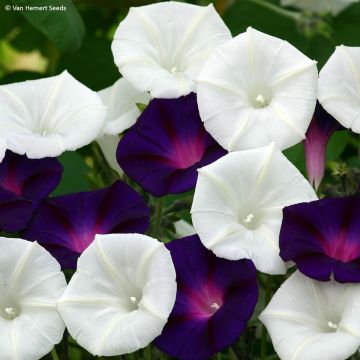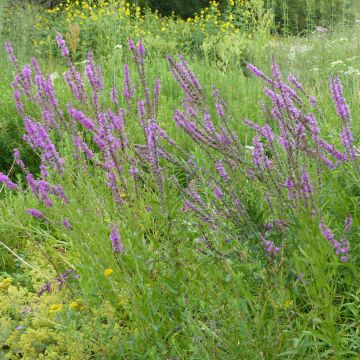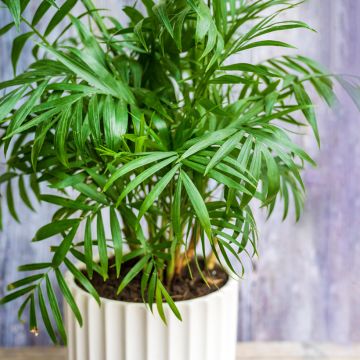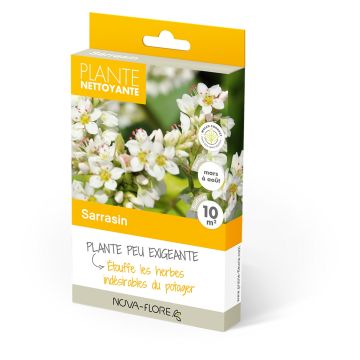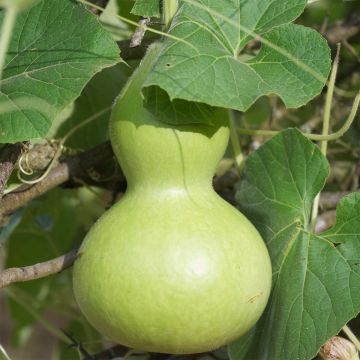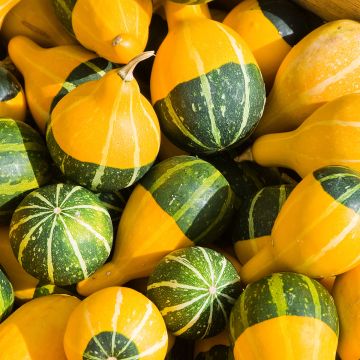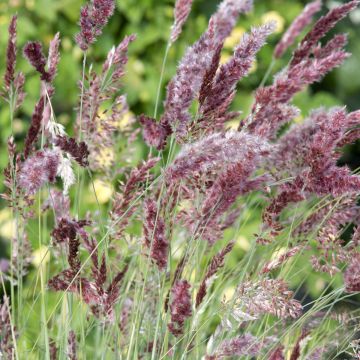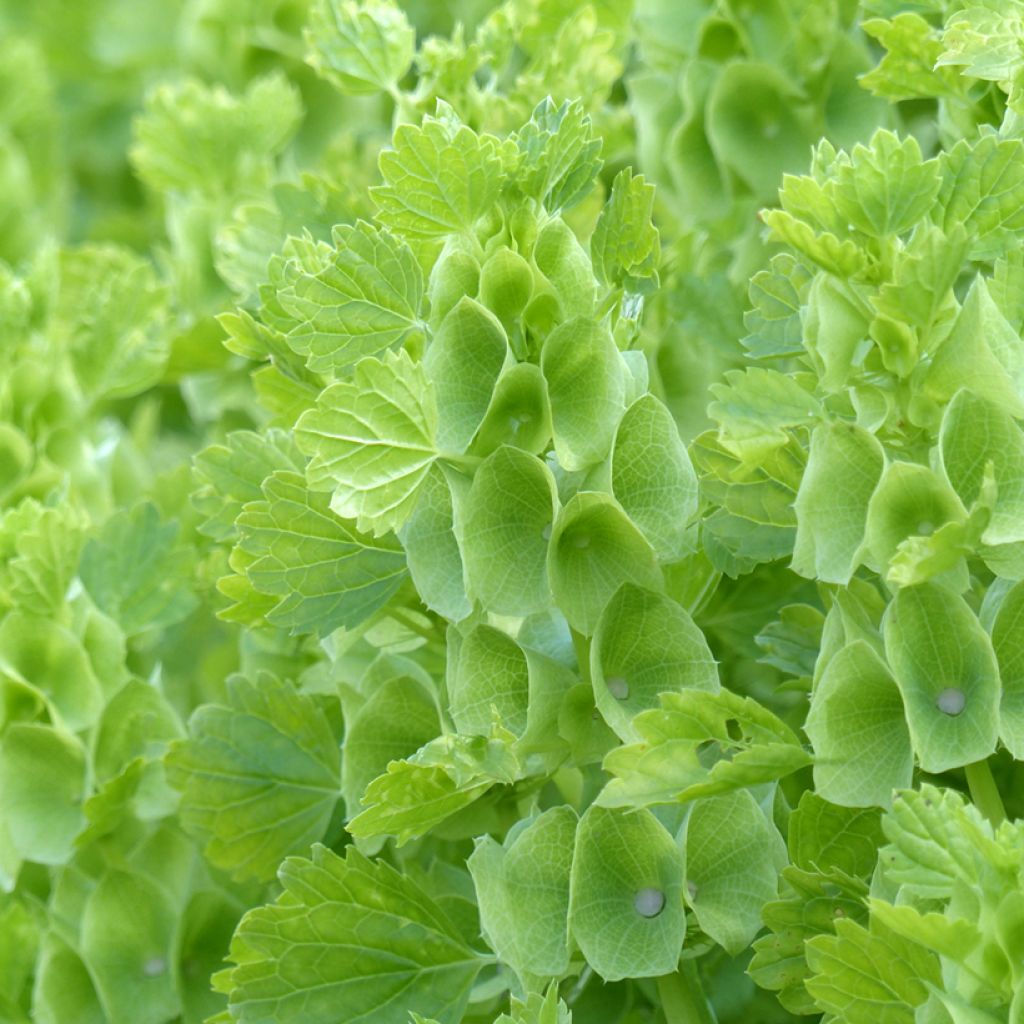

Moluccella laevis - seeds
Moluccella laevis - seeds
Moluccella laevis Bells of Ireland
Bells of Ireland, Shellflower
Special offer!
Receive a €20 voucher for any order over €90 (excluding delivery costs, credit notes, and plastic-free options)!
1- Add your favorite plants to your cart.
2- Once you have reached €90, confirm your order (you can even choose the delivery date!).
3- As soon as your order is shipped, you will receive an email containing your voucher code, valid for 3 months (90 days).
Your voucher is unique and can only be used once, for any order with a minimum value of €20, excluding delivery costs.
Can be combined with other current offers, non-divisible and non-refundable.
Home or relay delivery (depending on size and destination)
Schedule delivery date,
and select date in basket
This plant carries a 6 months recovery warranty
More information
We guarantee the quality of our plants for a full growing cycle, and will replace at our expense any plant that fails to recover under normal climatic and planting conditions.
Would this plant suit my garden?
Set up your Plantfit profile →
Description
Moluccella laevis or 'Bells of Ireland' gets its common name from the appearance of its flowers, which resemble beautiful almond-green bells, tightly packed on tall flowering stems emerging from aromatic foliage. This unusual, entirely almond-green annual, was widely planted in our grandparents' gardens, where it was a symbol of good luck. It is time to bring it back into the spotlight for its unique charm and ease of cultivation. It will grow in any good garden soil where it can self-seed, in full sun or partial shade. Its green flowers are long-lasting in fresh or dried bouquets.
Moluccella laevis is an annual or biennial herbaceous plant in the mint family, related to mint and sage. It is native to Turkey, Syria, and the Caucasus, and is found in Mediterranean forests, scrub vegetation, and semi-steppe regions. While it prefers humus-rich soil (rich in leaf compost), Moluccella is undemanding in terms of soil, as long as it is well-drained, and it is not water-hungry. Its name 'bells of Ireland' probably comes from its very green colour.
Bells of Ireland grows very rapidly to form a tall, branched clump, reaching 70-80 cm (28-32in) high when in flower, with a spread of 30 cm (12in). Its hollow stems are adorned with aromatic, rounded and pleated leaves with scalloped edges, resembling those of common balm. They display various shades of green ranging from almond-green to emerald green. Flowering occurs in spring or summer, depending on the climate and sowing date, from April to June in warmer regions or July-August further north. Among the small leaves and pairs of small spines, curious flowers composed of a bell-shaped, pale green calyx with a tiny spike of white to pinkish flowers in the centre emerge on multiple, very erect floral stems. These 3 cm (1in) diameter, tightly packed bell-shaped calyxes are the highlight of the flowering. They are very long-lasting and slowly change from apple green to pale beige, sometimes with purple spots. The curiously scented flowers are loved by pollinators and are followed by small, black, triangular seeds that can self-seed and germinate in spring or autumn in mild climates, in light soils.
'Bells of Ireland' is undeniably an original plant, with a delicate appearance and very green colour that enhances neighbouring plants, such as Alchemilla mollis and euphorbias. It is very easy to mix with many perennials and the queen of English or cottage gardens and romantic flower beds. You can pair it with foxgloves, bellflowers, and columbines in moist, partially shaded soil. In sunny and drier conditions, it will go with rose campions (Lychnis coronaria), shrubby salvias, California poppies, or perennial salvias. It can also be sown with love-in-a-mist, blue perennial flax, knapweeds, clary sage, or snapdragons to quickly create colourful displays. Its naturally upright habit makes it ideal for adding height to pots. Cut flowers can be used in contemporary or traditional bouquets. To dry them, cut the fully open floral stems and hang them upside down in a dry, well-ventilated room until the calyxes turn whitish.
Eco-friendly tip:
Like marigolds, Moluccella laevis is a host plant for nematodes: it can be useful planted near vegetable gardens to protect tomato crops, for example. It also provides a good source of nectar for bees.
Report an error about the product description
Flowering
Foliage
Plant habit
Botanical data
Moluccella
laevis
Bells of Ireland
Lamiaceae
Bells of Ireland, Shellflower
Caucasus
Other Flower seeds A to Z
View all →Planting and care
Moluccella seeds are best sown from February to March-April, in a heated shelter or indoors in pots, only covering the seeds with a thin layer of potting soil or vermiculite. Germination can take up to 1 month. To help seed germination you can subject them to a cold treatment, for example by keeping them in a plastic bag in the vegetable compartment of the refrigerator for two weeks before sowing. The day before sowing, soak them in warm water. Transplant the seedlings as soon as they are big enough to be handled, and place them under a frame until May. Then place them in their permanent position, in the ground or in pots, spacing them 25 cm (10in) apart.
In mild climates seeds can be directly sown in the ground in early autumn, in carefully prepared soil lightened with potting compost and sand, and free from any roots or weeds. Thin out your seedlings, keeping only one plant every 25-30 cm (10-12in). Take precautions when handling your young moluccellas, as their roots do not tolerate transplanting well.
Culture:
Plant Bells of Ireland with a spacing of 25 cm (10in) between each plant, in full sun or partial shade, in well-drained soil, preferably enriched with potting compost. Choose a location sheltered from strong winds that could bend the flower stems. Moluccella adapts to the climate: it will germinate in early autumn and bloom in spring in our warm regions, while the soil is still cool. Further north, it will germinate in spring and bloom in summer. This plant does not require any particular treatment and can do without fertiliser.
Sowing period
Intended location
Planting & care advice
This item has not been reviewed yet - be the first to leave a review about it.
Similar products
Haven't found what you were looking for?
Hardiness is the lowest winter temperature a plant can endure without suffering serious damage or even dying. However, hardiness is affected by location (a sheltered area, such as a patio), protection (winter cover) and soil type (hardiness is improved by well-drained soil).

Photo Sharing Terms & Conditions
In order to encourage gardeners to interact and share their experiences, Promesse de fleurs offers various media enabling content to be uploaded onto its Site - in particular via the ‘Photo sharing’ module.
The User agrees to refrain from:
- Posting any content that is illegal, prejudicial, insulting, racist, inciteful to hatred, revisionist, contrary to public decency, that infringes on privacy or on the privacy rights of third parties, in particular the publicity rights of persons and goods, intellectual property rights, or the right to privacy.
- Submitting content on behalf of a third party;
- Impersonate the identity of a third party and/or publish any personal information about a third party;
In general, the User undertakes to refrain from any unethical behaviour.
All Content (in particular text, comments, files, images, photos, videos, creative works, etc.), which may be subject to property or intellectual property rights, image or other private rights, shall remain the property of the User, subject to the limited rights granted by the terms of the licence granted by Promesse de fleurs as stated below. Users are at liberty to publish or not to publish such Content on the Site, notably via the ‘Photo Sharing’ facility, and accept that this Content shall be made public and freely accessible, notably on the Internet.
Users further acknowledge, undertake to have ,and guarantee that they hold all necessary rights and permissions to publish such material on the Site, in particular with regard to the legislation in force pertaining to any privacy, property, intellectual property, image, or contractual rights, or rights of any other nature. By publishing such Content on the Site, Users acknowledge accepting full liability as publishers of the Content within the meaning of the law, and grant Promesse de fleurs, free of charge, an inclusive, worldwide licence for the said Content for the entire duration of its publication, including all reproduction, representation, up/downloading, displaying, performing, transmission, and storage rights.
Users also grant permission for their name to be linked to the Content and accept that this link may not always be made available.
By engaging in posting material, Users consent to their Content becoming automatically accessible on the Internet, in particular on other sites and/or blogs and/or web pages of the Promesse de fleurs site, including in particular social pages and the Promesse de fleurs catalogue.
Users may secure the removal of entrusted content free of charge by issuing a simple request via our contact form.
The flowering period indicated on our website applies to countries and regions located in USDA zone 8 (France, the United Kingdom, Ireland, the Netherlands, etc.)
It will vary according to where you live:
- In zones 9 to 10 (Italy, Spain, Greece, etc.), flowering will occur about 2 to 4 weeks earlier.
- In zones 6 to 7 (Germany, Poland, Slovenia, and lower mountainous regions), flowering will be delayed by 2 to 3 weeks.
- In zone 5 (Central Europe, Scandinavia), blooming will be delayed by 3 to 5 weeks.
In temperate climates, pruning of spring-flowering shrubs (forsythia, spireas, etc.) should be done just after flowering.
Pruning of summer-flowering shrubs (Indian Lilac, Perovskia, etc.) can be done in winter or spring.
In cold regions as well as with frost-sensitive plants, avoid pruning too early when severe frosts may still occur.
The planting period indicated on our website applies to countries and regions located in USDA zone 8 (France, United Kingdom, Ireland, Netherlands).
It will vary according to where you live:
- In Mediterranean zones (Marseille, Madrid, Milan, etc.), autumn and winter are the best planting periods.
- In continental zones (Strasbourg, Munich, Vienna, etc.), delay planting by 2 to 3 weeks in spring and bring it forward by 2 to 4 weeks in autumn.
- In mountainous regions (the Alps, Pyrenees, Carpathians, etc.), it is best to plant in late spring (May-June) or late summer (August-September).
The harvesting period indicated on our website applies to countries and regions in USDA zone 8 (France, England, Ireland, the Netherlands).
In colder areas (Scandinavia, Poland, Austria...) fruit and vegetable harvests are likely to be delayed by 3-4 weeks.
In warmer areas (Italy, Spain, Greece, etc.), harvesting will probably take place earlier, depending on weather conditions.
The sowing periods indicated on our website apply to countries and regions within USDA Zone 8 (France, UK, Ireland, Netherlands).
In colder areas (Scandinavia, Poland, Austria...), delay any outdoor sowing by 3-4 weeks, or sow under glass.
In warmer climes (Italy, Spain, Greece, etc.), bring outdoor sowing forward by a few weeks.






























